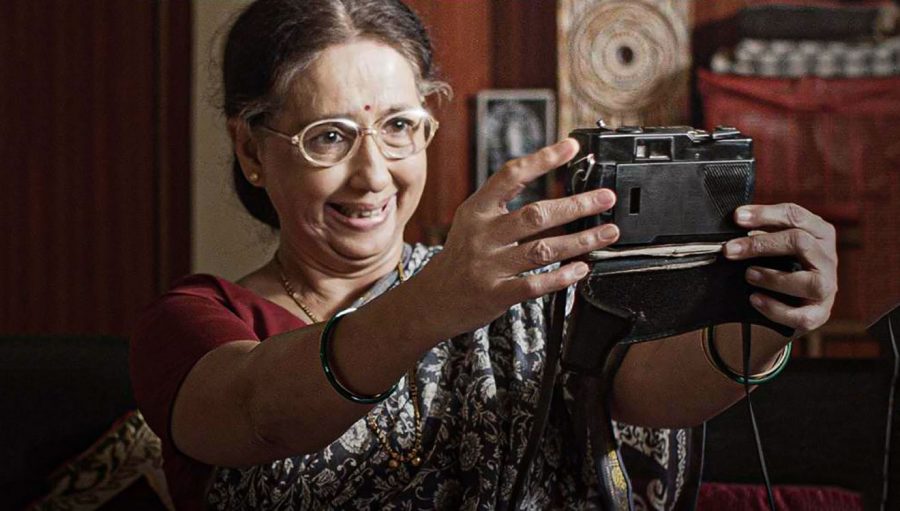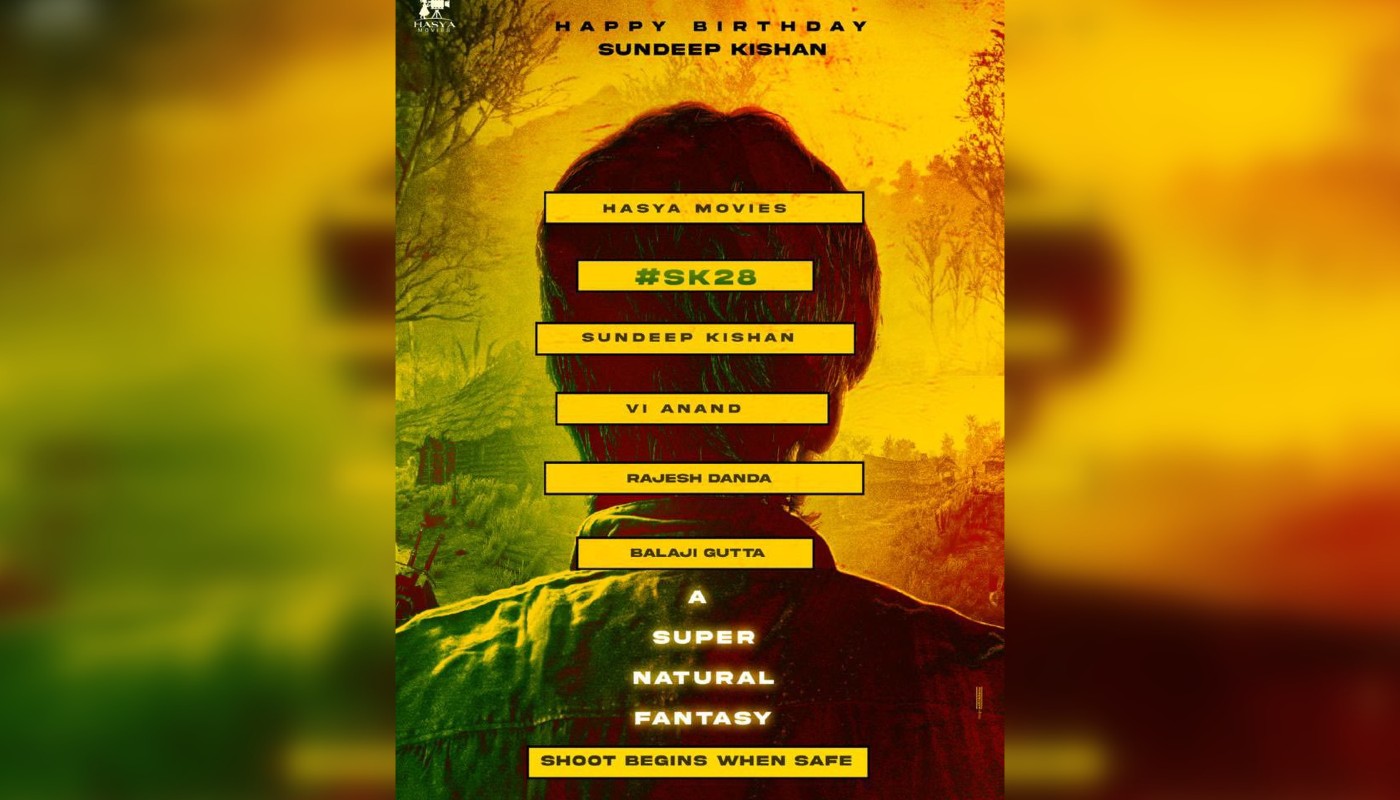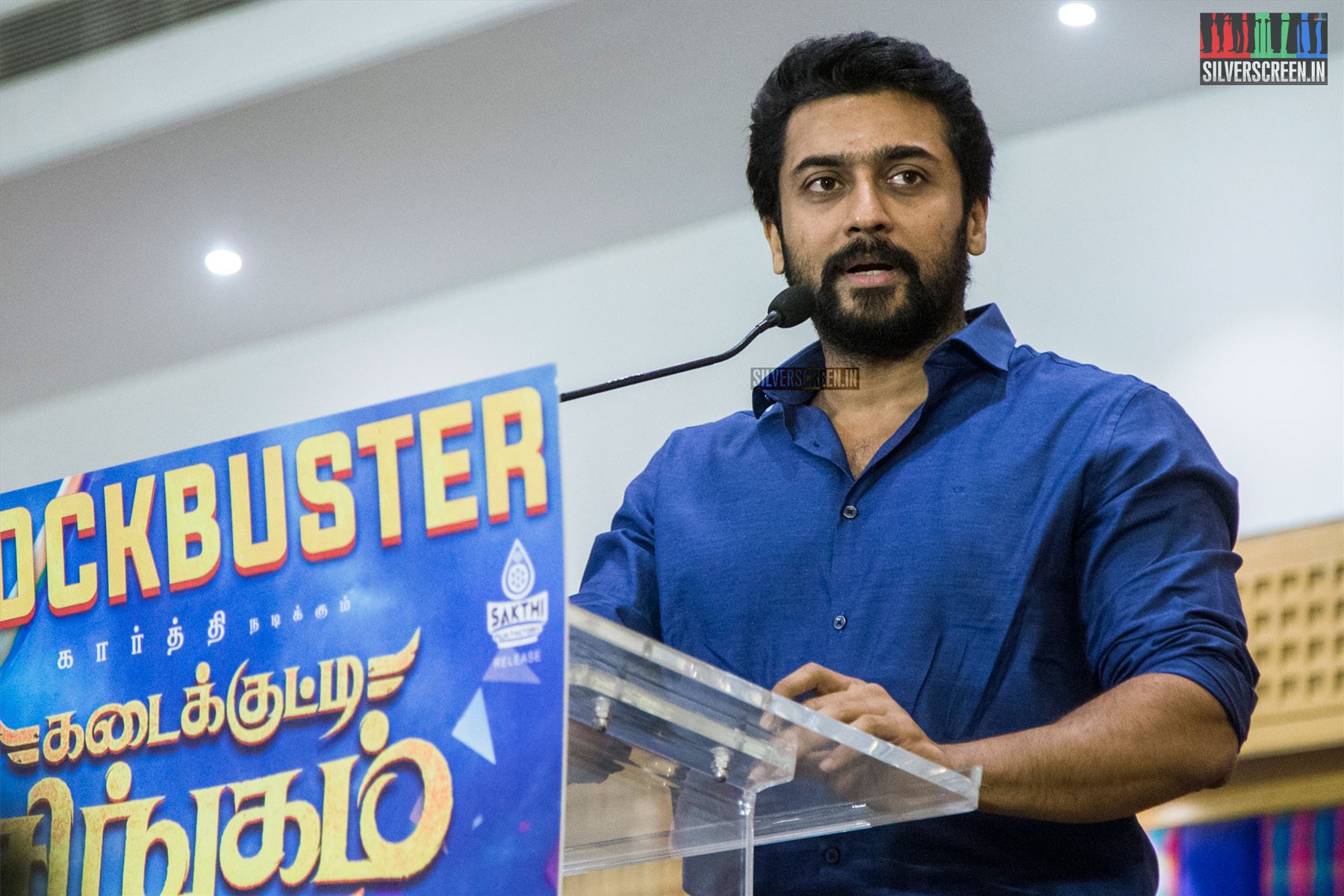Photo Prem, the Marathi film starring Neena Kulkarni in the lead role and written and directed by debutant filmmakers Aditya Rathi and Gayatri Patil, released on Amazon Prime Video on May 7.
The 90-minute-long feature film follows Sunanda (Kulkarni), a woman in her 50s who is looking to get a good picture of herself taken that can be used after her demise. After she observes a bereaved family’s struggle to find a good photograph of the deceased during a funeral, she goes on her mission to get a good photograph of herself.
Talking about the film, Patil and Rathi told Silverscreen India that the film was an amalgamation of the Patil’s encounter with an elderly woman who wanted to take good photographs of herself despite her old age, and memories of Rathi’s late father whose pictures were able to depict his character.
Patil said that she had come across a middle-aged woman who had made a portfolio of photographs of herself for her personal satisfaction.
“She was in full makeup and had taken a series of photographs and was showing it around. Astonished why a person of that age is doing this, when I asked her why she said she never had good pictures and that she was going to be operated on her face soon. Hence, she needed nice pictures of herself. That is where the seed of the story started to evolve,” said Patil.
Rathi said that his late father’s photographs added to the premise. Although his father had died a few years ago before they wrote the film, his pictures depicted the kind of person he was, Rathi said.
“My father was an extrovert and when anyone sees his picture, they would know he was an outgoing person. His photos represented and conveyed the identity of the man he was. Those reflections of the memories were always there,” said Rathi.
The thought of what a photograph could convey and represent lingered in his mind since then, he said.
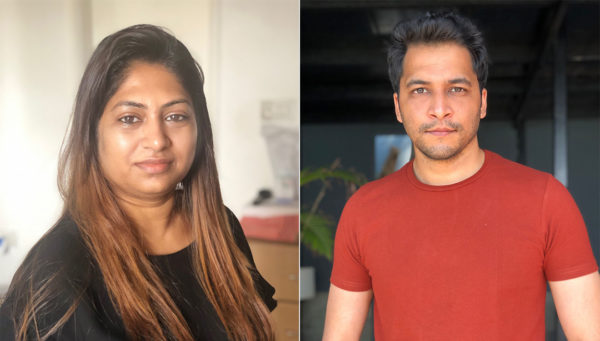
“We would have seen our grandparents or forefathers only in pictures and we imagine what kind of personality, voices, they would have had, from the way they are seen in the frames. Similarly, the central character here also thinks what kind of photographs she would have and how she would be remembered by,” Rathi and Patil said.
Asked about the idea of their maiden venture, they said, “We needed a protagonist who comes with experience and realise that there is something lacking in their lives. Or someone who looks at themselves as lost in service of other people. It is something that happens to Indian housewives at that age. So, we organically arrived at the character of a housewife. We had a fear that we may not be able to pitch the story to youngsters, but realised that the kind of cinema we wanted to do is where the story is the hero and thought of going with what we had in our minds.”
To prevent the male gaze in the film, Rathi said that she took over scripting the lead role’s character arc.
“For the most part of lead’s character arc, while Aditya handled the technical side, I worked on Sunanda’s character, mainly to have a female gaze to her character, and how she would think,” said Patil.
Asked why the protagonist, who is camera-shy for most part of the film, becomes desperate to get herself clicked in a short span of time, Patil said, “The conflict that comes in the storyline is that her character is ageing and that she thinks that her time to die is inching closer. That paves the way for her character to grow into accepting that she and her memories will be preserved through her photograph and what she will be remembered by. However, it so ends up that, at the climax of the film, even her own family members are unable to recognise her. We wanted to show this aspect of identity and that paved way for her character arc and behaviour.”
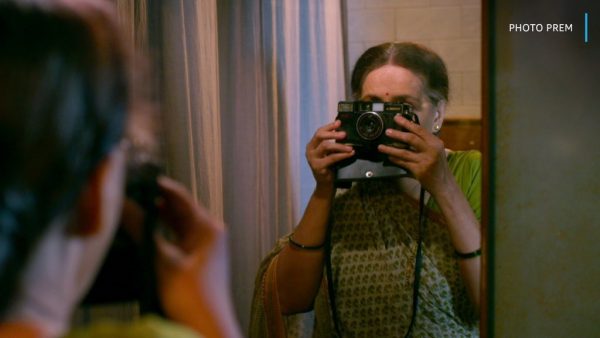
For most parts of the film, Sunanda, though surrounded by family and friends, is often caught expressing herself through monologues. The filmmakers said that Photo Prem was not meant to pass a commentary on the place of women in society, but the photo culture present in current times.
“While a few would mistake it to be that way, we tried to show the way we click pictures and how we perceive ourselves. In this era of social media, which is fast-paced, where most of the time the photographs were taken are not for us, but to please others. In our story too, Sunanda wants a picture taken by which others remember her. In her travel, what happens to her identity and if she manages to retain it, are what we wanted to tell,” said Rathi.
Talking about their future ventures, the filmmaker duo said that they have been working on a Marathi film which deals with menstruation and how it is perceived in rural areas.
Photo Prem, whose scripting started in 2017 and went on floors in 2018, was screened in several film festivals. The film premiered at Mumbai International Film Festival in October 2018, Indian International Film Festival in 2019, and Pune International Film Festival in 2020.
The film is executive produced by Mehul Shah and music has been composed by Kaushal Inamdar.
